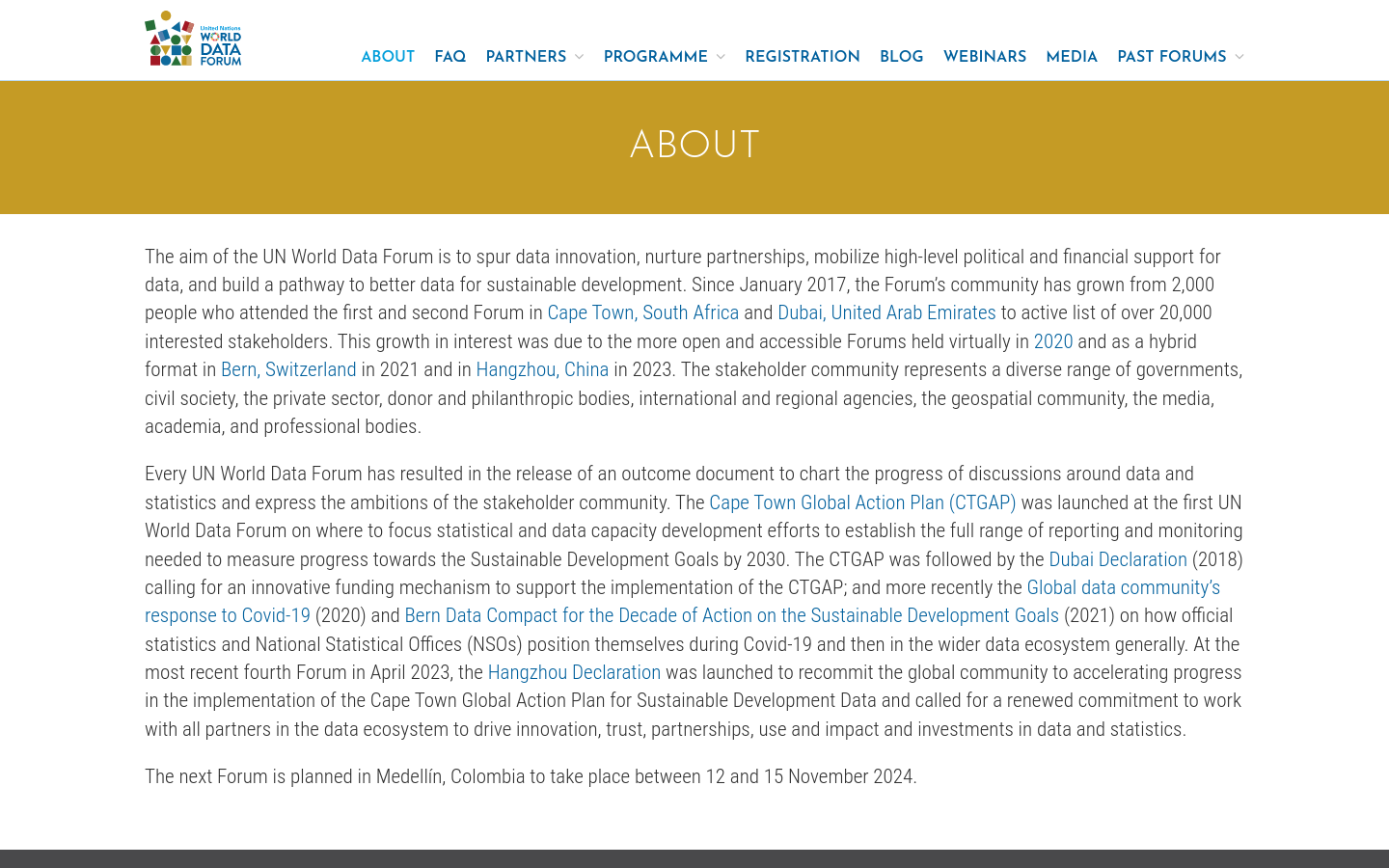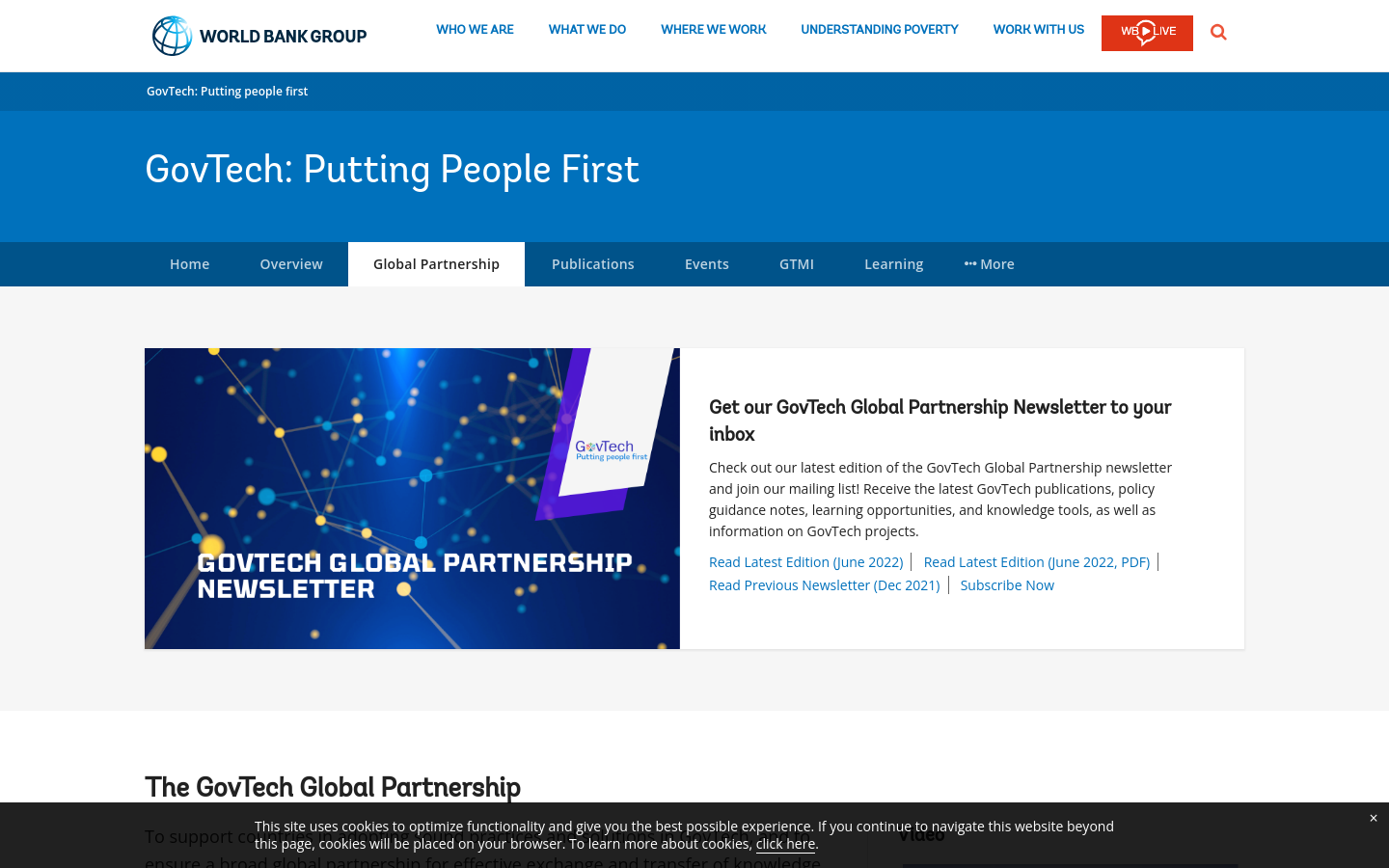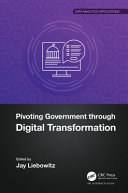Civic Tech Field Guide
Sharing knowledge and productively growing the fieldSearch Results - city (1027)
Showing 1027 Results

KHASOKHAS
Corona, NYKhasokhas, or “verified truth,” has been the voice of the Nepali community in New York City since 2012, breaking down language barriers and providing accessible, vital information on immigration, housing, taxes, health, and more. Its goal is to be the bridge for Nepali-speaking immigrants who struggle with English, offering resources in the Nepali language through distinctive reporting, impactful storytelling, interviews, and analysis.

The Philadelphia Hall Monitor
Philadelphia, PAThe Philadelphia Hall Monitor covers news that impacts Philadelphia’s diverse neighborhood organizations and concerned citizens, focusing on how city programs impact families experiencing poverty, consumers, and those without access to traditional power structures.

El Tecolote
San FranciscoEl Tecolote is the voice of San Francisco’s “pueblo,” reporting news that shapes the lives of Latinx people who live or work in the city. Located in the heart of the Latino Cultural District, it documents, fosters, and amplifies the community’s vibrant role in the city’s political, art, and cultural scenes.

Aurora Sentinel Community Media
Aurora, COAurora Sentinel Community Media provides factual, trusted, nonpartisan news, investigations, and features about the Aurora region and its diverse community. The nonprofit corporation was created to grow a robust, thriving news organization with the capacity to cover the issues and interests of the greater community of Aurora.

Working for an MP (w4mp)
Parliament Square, London, UKThe Working for an MP website is a resource for anyone working for a British Member of Parliament or with an interest in how Parliament works.

The project will establish a workshop to bring community-centered planning to the emerging technology of autonomous vehicles (AV)

The aim of the UN World Data Forum is to spur data innovation, nurture partnerships, mobilize high-level political and financial support for data, and build a pathway to better data for sustainable development.

Localwatch
AthensCivic tech participatory platform focusing on local level (municipalities). Kάνε ερωτήσεις και προτάσεις στο Δημοτικό Συμβούλιο, οργάνωσε εθελοντικές δράσεις , συνδιαμόρφωσε τον προϋπολογισμό του Δήμου και πάρε μέρος στις διαβουλεύσεις και στην αξιολόγησή του

The Midwest Newsroom
IowaThe Midwest Newsroom is a partnership among Iowa Public Radio, KCUR in Kansas City, Nebraska Public Media News, St. Louis Public Radio and NPR.

Community Network Map
United States of America (the)This map shows municipal networks across the United States.

The World Bank's program to "support countries in adopting sound practices and solutions in GovTech, and to ensure a broad global partnership for effective exchange and transfer of knowledge and good practice."

Google Research is applying AI to satellite and aerial imagery to build a Heat Resilience tool, helping cities understand how to reduce surface temperatures through planting trees or using highly-reflective surfaces, like cool roofs.

Bloomberg Center for Public Innovation at Johns Hopkins University
Johns Hopkins UniversityThe Bloomberg Center for Public Innovation at Johns Hopkins University drives innovation in local government by marrying cutting-edge practice with world-class research.

Talent Toolkit
United States of America (the)To...help governments hire more effectively, U.S. Digital Response (USDR) has actively engaged government organizations at the state, county, and city levels to optimize their talent practices and build digital capacity — and we’ve learned some things.

Field Papers is a tool to help you create a multi-page atlas of anywhere in the world. Once you print it, you can take it outside, into the field, to record notes and observations about the area you're looking at, or use it as your own personal tour guide in a new city.

Funded by the European Commission Directorate-General for Structural Reform Support (DG REFORM) and implemented by UNESCO, this project supports the Flemish government in implementing reforms by contributing to the improved AI-readiness and increased adoption of AI across the Flemish public administrations in a safe and ethical manner.

El programa Cali Cómo Vamos, el laboratorio ciudadano Mi Cali Contrata Bien, la Unidad de Acción Vallecaucana y el observatorio Cali Visible, ponen a disposición una ruta de obtención de datos referidos a indicadores de bienestar y gestión pública de la ciudad.

Cali Cómo Vamos
CaliCali Cómo Vamos es un programa de seguimiento y evaluación de la calidad de vida en la ciudad, tiene como referencia el Programa “Bogotá Cómo Vamos”, adelantado desde 1998 por iniciativa de la Casa Editorial El Tiempo, la Cámara de Comercio de Bogotá y la Fundación Corona.

We initially designed it as a decision support tool for humanitarian mappers. Now it has grown in functionality and use cases. Whether you work in disaster management, build a smart city, or perform research on climate change, Disaster Ninja can help you in a number of ways (see more info on website).

DEMOCRACY X
Denmark (Danmark)In 2023, the Danish Board of Technology and ParticipationDenmark merged. We are now called DEMOCRACY X, with a focus on technology, society and sustainability.

Metroverse, an interactive tool built by Harvard’s Growth Lab, makes it possible to understand your city’s economy and compare it to others.

NIDOROUALMEwaAFE
Chad (Tchad)Using GPS mapping technology, Nidoroualmewaafe identifies areas that do not have access to safe drinking water and shares this information with local authorities and communities to inform decision-making.

Traffic Cam Photobooth
New York CityTake selfies with surveillance!

TreeKIT
New York CityWe’re helping city dwellers measure, map, and manage street trees.

Public Service Accountability Monitor (PSAM)
South Africa (South Africa, Afrika-Borwa, Suid-Afrika)PSAM’s activities include research, monitoring, advocacy and capacity building. Working through southern Africa, PSAM generates and shares knowledge about social accountability and the monitoring and advocacy tools that can build more open, participatory and accountable governments.

Future-Proofing Congress
United States of America (the)How Member-Led Upgrades Are Optimizing Legislative Branch Capacity and Resilience

Public places are places where all citizens, irrespective of their race, age, religion, or class level (social or economic), cannot be excluded

Through voicemail, apps, websites, and Twitter, Boston’s sophisticated 311 system allows citizens to report potholes, broken streetlights, graffiti, and vandalism that affect everyone’s quality of life. Drawing on Boston’s rich data, Daniel T. O’Brien offers a model of what smart technology can do for cities seeking both growth and sustainability.

The New Companion to Urban Design continues the assemblage of rich and critical ideas about urban form and design that began with the Companion to Urban Design (Routledge, 2011)

Modern day and technology-rich environments require a reconceptualization of how the nature of technology influences urban areas

The temporal and spatial intersection of information and telecommunication technologies, creative and knowledge economies, and related new manufacturing systems, has been leading to significant effects on urban socioeconomic and spatial configurations and public policies. Specifically, the post-crisis emergence of innovative workplaces to accommodate these changes, is creating socioeconomic and spatial features that are only recently beginning to be explored in the scholarly literature. According to this scenario, this edited book offers a variety of avenues for exploring the relationships between contemporary production activities and new workplaces in several urban contexts. In particular, it focuses on the consequences of these relationships in terms of regeneration of the urban fabric, as well as on their implication in terms of urban policies. This book represents early observation of the fast-growing phenomenon of new productive activities and workplaces against the background of the gig economy and sharing economy paradigms. Central to this discussion is the investigation of the connection between digital technologies, new works and workplaces, and urban change processes and projects, by providing an additional contribution to new urban agendas for contemporary cities. The chapters originally published as a special issue in the Journal of Urban Technology.

Presented at the 1st International Conference on Urban Growth and the Circular Economy that was held in Alicante, Spain the papers included in this book focus on the continuing and rapid growth of cities and their regions of influence and how that has led to the need to find new solutions which allow for promoting their sustainable development

Collaborative Cities: Mapping Solutions to Wicked Problems shows citizens and city leaders how to produce public value through action using location intelligence to get at the heart of complex issues

This book uses a combination of descriptive statistical analysis and real-world case study narratives to evaluate the ways in which each individual urban variable or their combination matter in the diversity of smart city approaches around ...

This is an essential guide for government employees, scholars, and regular citizens who want to make government work more effectively and democratically in the digital age.

PRAISE FOR SMART CITIES, SMART FUTURE "Mike and Cornelia have managed to distill hundreds of ideas, sources, milestones, technologies and dreams into a thoughtful 'showcase of tomorrow'. . . their analysis, synthesis and narrative make this ...

Shapiro brings much-needed empirical research to a field that has often relied on “10,000-foot views.” Timely, important, and expertly researched, Design, Control, Predict doesn’t just help us comprehend urbanism today—it advances ...

Major themes of this book are smart cities, urban big data, and shared mobility. This book also contains chapters with cutting-edge research on urban modeling, walkability and bikeability analysis, and planning support systems (PSS).

In this book, the real-world implementations of successful Smart City technology in places like New York, Amsterdam, Copenhagen, and more are analyzed, and insights are gained from recorded attempts in similar urban centers that have not ...

The intelligence of a city is the capacity to learn: to learn the past, its history and the culture of its territory.

Hence the volume offers an intellectual resource that expands on the current literature, but also provides a pedagogical resource to universities as well as a reflective opportunity for practitioners.

In Sharing Cities, Duncan McLaren and Julian Agyeman argue that the intersection of cities' highly networked physical space with new digital technologies and new mediated forms of sharing offers cities the opportunity to connect smart

SMART CITIES: THE FUTURE OF URBAN LI FEThe global population is set to grow by two billion in less than 30 years.

Sustainable Cities in American Democracy focuses on this effort as it emerged and developed over the past decades in the institutional field of sustainable cities—a vital response to environmental degradation and climate change that is shaped by civic and democratic action.

Why are some civic associations better than others at getting - and keeping - people involved in activism? From MoveOn.org to the National Rifle Association, Health Care for America Now to the Sierra Club, membership-based civic associations constantly seek to engage people in civic and political action. What makes some more effective than others? Using in-person observations, surveys, and field experiments, this book compares organizations with strong records of engaging people in health and environmental politics to those with weaker records. To build power, civic associations need quality and quantity (or depth and breadth) of activism. They need lots of people to take action and also a cadre of leaders to develop and execute that activity. Yet, models for how to develop activists and leaders are not necessarily transparent. This book provides these models to help associations build the power they want and support a healthy democracy. In particular, the book examines organizing, mobilizing, and lone wolf models of engagement and shows how highly active associations blend mobilizing and organizing to transform their members' motivations and capacities for involvement. This is not a simple story about the power of offline versus online organizing. Instead, it is a story about how associations can blend both online and offline strategies to build their activist base. In this compelling book, Hahrie Han explains how civic associations can invest in their members and build the capacity they need to inspire action.






